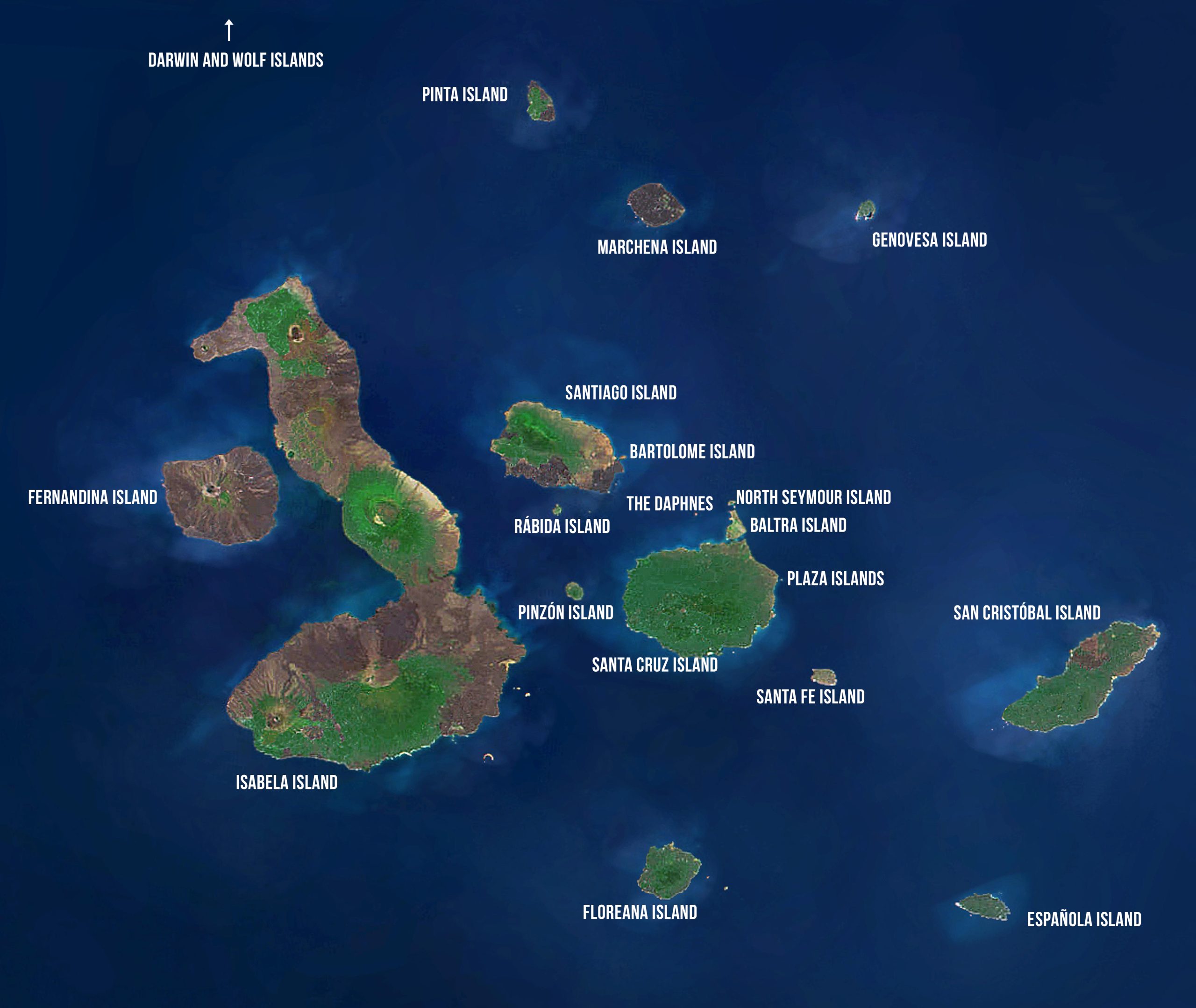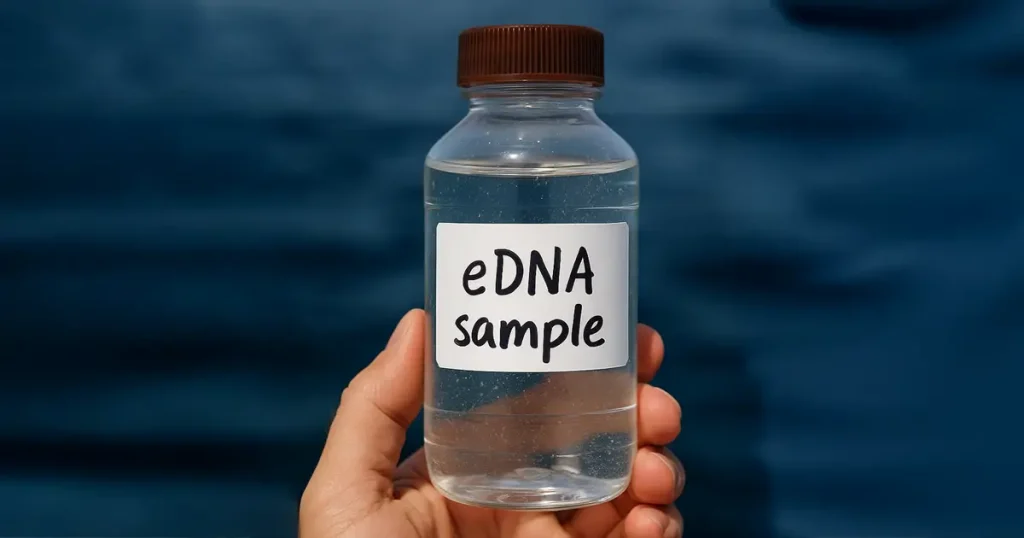Pinta Island

Pinta Island
Area: 60 km2 or 23 mi2
Maximum Altitude: 650 m or 2133 ft
Human Population: 0
HISTORY
Pinta Island is the northernmost of the larger islands and is relatively isolated from the rest of the archipelago. Originally named for the Earl of Abingdon, the island’s official Ecuadorian name is Isla Pinta, named after one of the three ships sailed to the New World by Columbus. Pinta is a shield volcano with numerous young cones and lava flows along NNW-trending fissures. Pinta is the original home of Lonesome George, perhaps the most famous tortoise in the world. During the 1800s, whalers removed large numbers of Pinta tortoises as a food resource on their long journeys. By the early 20th century, the Pinta tortoise was likely ecologically extinct. Fishermen also opportunistically slaughtered tortoises through the mid 1900s. Goats were introduced to Pinta in 1959 and a subsequent population explosion caused massive ecosystem degradation. The sole known surviving Pinta tortoise, Lonesome George, was spotted in 1971 and taken into captivity the following year; no other live tortoise has been found since. For more than 35 years, Lonesome George has remained at the Tortoise Center on Santa Cruz, where his exhibition can be seen today.
TODAY
Pinta has long been home to Swallow-tailed Gulls, marine iguanas, Galápagos Hawks, fur seals, and a number of other unique bird, reptile, and plant species. Until the mid-19th century, it was also home to thousands of Pinta tortoises—giant saddleback tortoises endemic to this island. Today it stands as a sober reminder of the destructive impact of humans on fragile ecosystems. However, a group of conservationists, scientists, and resource managers are working to restore Pinta. Used as a training ground for Project Isabela, the complete removal of goats in 1999 resulted in Pinta being one of the islands with almost no exotic species, although it continues to lack its largest species, the giant tortoise. Project Pinta is aimed at restoring the giant tortoise to this island and thus restoring the ecosystem.
CONSERVATION CHALLENGES
With the explosion of the goat population following the release of goats on Pinta in 1959, the vegetation and forest habitats on Pinta went through a long period of degradation. Goat numbers were greatly reduced in the 1970s, but complete eradication was not achieved until 1999, when Pinta was used as a training ground for Project Isabela. Fortunately, it appears that the intense grazing pressure by goats was stopped before any of Pinta’s plant species became extinct and the vegetation recovered rapidly in the absence of goats. There are indications, however, that some of the endemic plant species that require substantial light, such as the Darwin Aster, Galápagos Cotton, and Galápagos Passionflower, could be negatively affected by the unchecked regeneration of Pinta’s vegetation. Complete restoration of Pinta requires the presence of giant tortoises. Giant tortoises have a major impact on the structure and composition of their environment. They can maintain open areas within forests and dense vegetation by grazing and by simply moving through their environment. They also play an important role in the dispersal and germination of seeds that they consume and subsequently deposit.
Marine Site: Punta Neros
Punta Neros is the only visitor site located near Pinta. There are no land visitor sites. It is located at the very northernmost point of the island. Highlights include the Red-lipped Batfish areas with a sandy substrate, sea lions, sea turtles, pelagic fish species, and Moray Eels. Although diversity is not as high as elsewhere, abundance of fishes is very high.
Conservation Site: Pinta restoration
In an extraordinary effort spearheaded by the Galápagos National Park (GNP) and the Charles Darwin Foundation (CDF), the restoration of Pinta may soon become a reality. Project Pinta represents the best efforts of conservationists to restore a degraded ecosystem and recover what was thought to be lost forever. Reclaiming Pinta through the reestablishment of a giant tortoise population represents a landmark conservation accomplishment that would be impossible without technologies and conservation tools developed in Galápagos over the last 40 years. Additional DNA analyses must still be completed to determine the possibility of reestablishing a pure Pinta tortoise, but the reintroduction of 39 sterilized hybrid tortoises to the Island in 2010 marked the first big step in restoring the landscape of Pinta.



